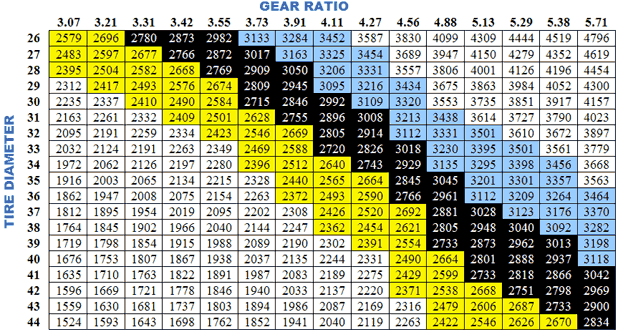Optimal 4x4 Gear Ratios
First of all, let’s get our perspective right about what we are trying to achieve here.
Like any car, a 4x4 has its engine and transmission. Apart from this, it has a transfer case that does exactly what it says – transfer power from the engine to the front and rear wheels of the vehicle.

Gear Ratio
To illustrate the aspect of gear ratio, take the example of a 4x4 with automatic transmission that has the lowest gear of 2.47 while the 4Lo is 2.48. You can assume the differentials are 4.88. When you multiply these 3 ratios, you get the overall gear ratio or what we generally call 'crawl ratio' of 29.77. This is basically considered to be a fairly low number for a 4x4 that is equipped with automatic transmission. When you are planning on getting bigger tyres for your 4x4, changing the gear ratio in the differential would probably be the best thing to do.
"When you are getting in bigger tyres, it’s important that you change your gear ratio for your differentials."
Calculation of Tyre Size
When you are getting in bigger tyres, it’s important that you change your gear ratio for your differentials. This is essential for improving both performance as well as your fuel economy. You can start things off by multiplying your new tyre size with the old gear ratio and consequently dividing it by the old tyre size. This amazingly simple formula gives you a surprisingly accurate outcome. Going on in the same vein as above, you need to multiply 38 with 3.91 and then divide your result with 30. This gives you the result of 4.95, and the closes gear ratio available is 4.88
When you lift your 4x4, you will end up considering options to lower the overall gear ratio. Apart from the ring and pinion gear ratio in the axles, you might want to take into account the other options for your transfer case and transmission. We can cover


